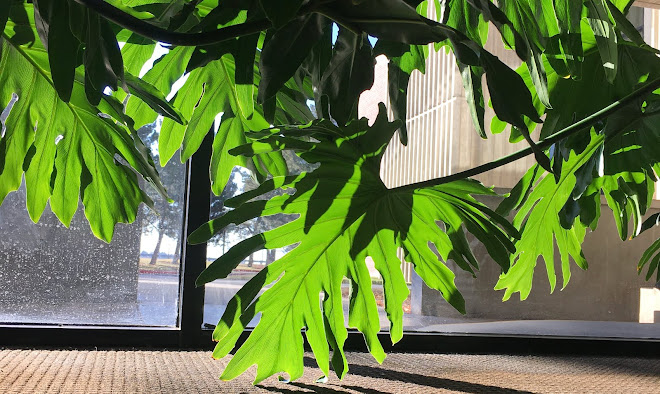Believe it or not, it is entirely
possible to survive college without owning a car. I did it for one and three
quarters of a semester, and I didn’t even live in town. I lived too far away to
walk or ride a bike, so I carpooled with my dad to and from college. For
half of my first semester, I had one class on Fridays, when my dad didn’t drive
to college. A couple of times, I tried to catch a ride with other commuters
from my town, but eventually I found a friend to steadily carpool with every
Friday. On campus, I walked to my classes, and a couple of times, I walked five
or six blocks down to my credit union and Wal-Mart. It was hard not having a
car because I didn’t have anywhere to store books or class supplies, but this
isn’t much of a problem for students who live on campus or in town, and something
I assume in this set of tips for surviving college without a car.
If you look at it from one point of
view, not owning a car can be beneficial in two ways, and it positively impacts
the earth in another. When most people don’t have a car, they tend to walk, bike,
or board more places. They use their own body power and muscles to travel. In a
nutshell, they get more exercise. In doing this, they can also save money that would
otherwise be used to pay for insurance and gas. Most importantly, going without
a car lessens the individual’s negative impact on the environment around them;
they aren’t burning air-polluting gasoline or contributing to traffic
congestion.
In order to live without a car, you have
to walk everywhere humanly possible. Walk to the post office, walk to the
store, walk to the movies, walk to friends’ houses, and walk to class. It will
seem like a lot of walking, but think of it as dual-purpose exercise. You are accomplishing two purposes with one
act, important for college students with a heavy load of homework and up to six
classes. Sitting around too much doesn’t do anybody much good, and this makes going
without a car a blessing in disguise. Walking can be enjoyable and easy; it
allows you out into the fresh air and sunshine, and most college campuses are designed
with pedestrians in mind, meaning that quite a few people also walk. This can
be a good source of social interaction, so don’t ignore your fellow
pedestrians; greet them with a “good morning”, or just a simple “Hello” and
wave of the hand. If you feel uncomfortable walking alone at certain times, or
just in general, find someone to walk with. They can be a fellow classmate or
one of your friends. Finding a walking companion is a particularly good
strategy at night, when most people feel insecure or unsafe on their own.
When a destination is too far to
walk to get a wheeled vehicle like a bike or skateboard. It is essential that
you enjoy and feel comfortable riding your particular human-powered vehicle;
otherwise you’re better off walking. When I was without a car (and occasionally
nowadays) if I needed to go somewhere fast or far away, more than four or five
blocks, I would ride my long board. A lot of people on my college campus use
longboards and bikes, with the occasional person riding a penny board or a scooter.
I have even seen one kid ride to classes on a unicycle. There are a ton of
human-powered alternatives to cars, what you end up choosing is dictated by
your preferences and comfort zone.
Carpooling is another fantastic
strategy for automotive lacking college students. You can carpool with someone
if you need to go somewhere too far for walking or biking. Carpooling is a good
way to conserve gas, and most people are happy to share the ride. If the ride
is short, there’s no need to offer to pay for gas, but it is courteous to offer
if it’s longer than fifteen minutes, or out of the driver’s way. It’s also nice
to chat with the driver. Don’t get in the car and ignore them for the whole
ride, and definitely don’t text. On long drives, it’s thoughtful to bring snack
food to share. If done right, carpooling can be beneficial to the passenger and
the driver.
As you can see, it isn’t impossible to survive college
without a car. All of the alternatives to driving take more physical effort,
but they save money and provide a chance for exercise. A lot of driving
alternatives also provide an opportunity for conserving resources and reducing
your carbon footprint. In my own experience, it was hard not having a car during
my first semester, I had to walk a lot of places, which made Ephraim seem a lot
bigger than it was. In other ways, being without a car was also easier. I saved
a lot of money on gas, and I didn’t have to pay car insurance or repairs. I
rode with other people to and from college, this gave me the opportunity to get
to know people better and spend time conversing with them. Because of this
experience, I am not too attached to my car, and I understand what places are
possible for me to walk to. While enjoying the benefits and working through the
challenges, I found that surviving without a car in college was entirely
possible.

